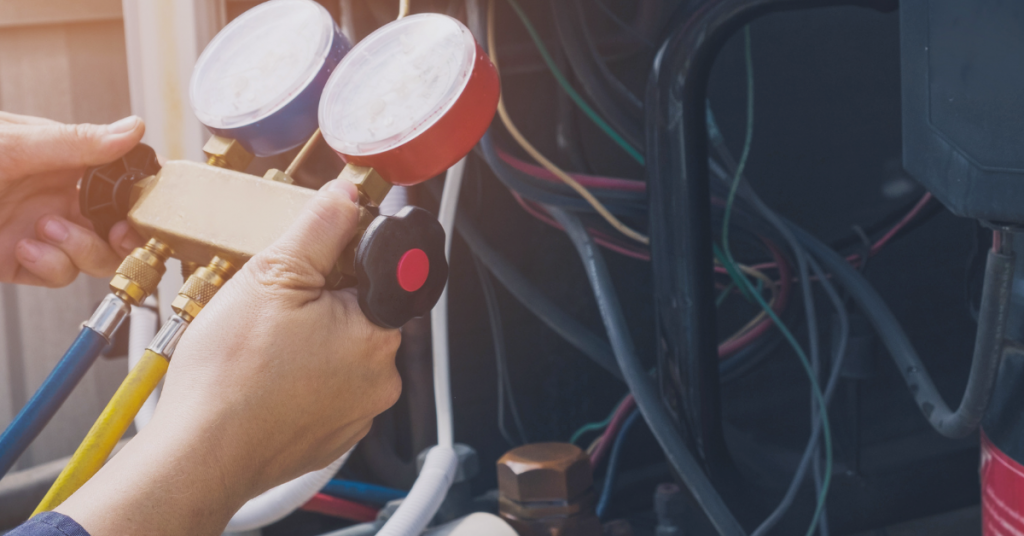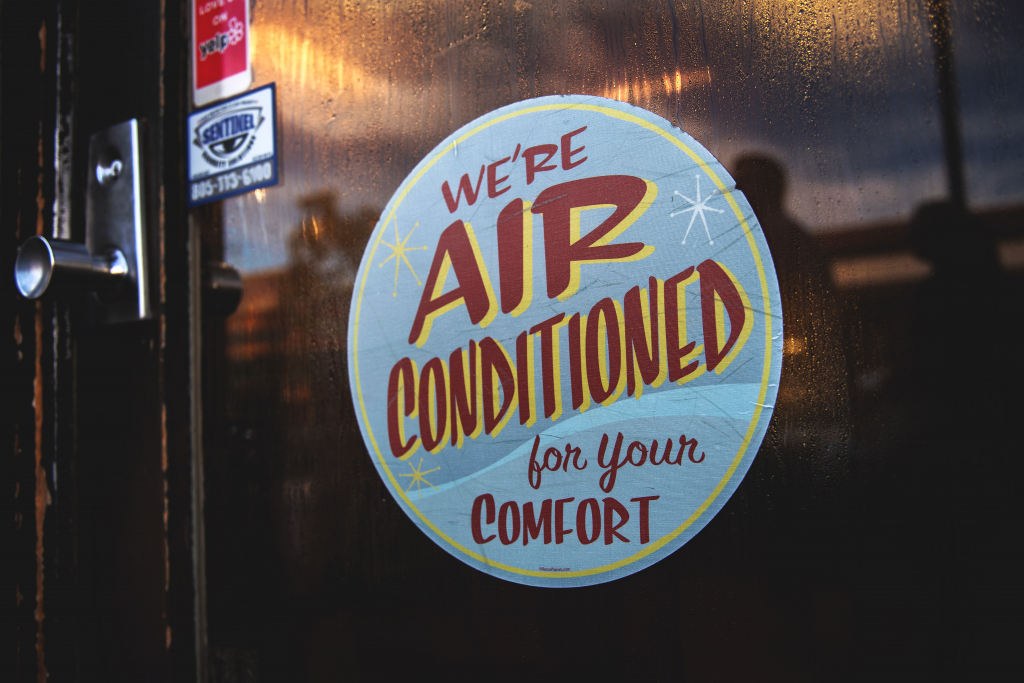
Performing an HVAC system checkup yourself is easy!
Does your HVAC system seem like a mysterious, unknowable force? Always working away in the background just out of sight… Always two, no more, no less – wait, no, that’s the Sith.
The truth is that while your system does a lot behind the scenes, it needs some extra TLC from time to time in order to do its job well.
Having a professional maintain your heating and cooling system is vital. However, you can also help your system run better and last longer by keeping an eye on it yourself!
Luckily, a DIY home HVAC checkup isn’t too tricky or time-consuming. And once you’re finished, you’ll have peace of mind knowing your system is taken care of.
5 Key Reasons You Should Check Your HVAC System Regularly
1. You get to know the baselines for your HVAC system.
When you know the norm for your system, it’s easier to tell when something is off. Checking your system periodically lets you get a feel for what your baselines are. This includes details like how often you need to change your filter or where dirt tends to collect.
2. You become familiar with how your system works.
HVAC systems have a lot of individual parts that work together. They can be complex — but you can get a firm understanding of the basics even if you’re not an HVAC professional. Checking on your equipment helps you know where each component is and how to care for it.
3. You have a chance to spot problems before they become serious.
Most serious problems with HVAC systems begin with subtle warning signs. Doing a regular checkup gives you a chance to catch any issues while they’re still minor. And more often than not, this prevents you from suffering a full system breakdown.
4. Regular HVAC checkups often help you save money on maintenance and repairs.
When you catch problems early, the repair process is often easier (and less expensive). You can also make regular maintenance easier by doing some tasks yourself, like changing filters or clearing away debris.
5. You can lower your monthly energy bill.
A healthy, well-maintained HVAC system is more efficient. That means it uses less energy to keep your home comfortable year-round. A lower energy bill is a plus for your wallet — and it’s good for the planet, too.
And of course, keeping your HVAC system in tip-top shape helps your home stay comfortable! So now, let’s dive into the steps for your DIY home HVAC checkup.

Your HVAC system works hard to keep you comfy in any weather.
How to Perform a DIY Home HVAC Checkup
Conducting a quick HVAC inspection yourself is surprisingly easy. And once you do it a few times, it’ll become second nature.
Make Sure Your Thermostat is Working Properly
Your thermostat is like the mastermind of your HVAC system. It tells all the other parts what they should be doing. So if it’s on the fritz, the rest of your system may start to suffer too.
Check your thermostat once or twice a year by:
- Removing the cover and clearing away any dust or debris
- Ensuring the thermostat is level
- Making sure it’s in a location away from direct sunlight
If you need to double-check your thermostat, use painter’s tape to fix a manual thermometer to the wall next to the thermostat. Wait around 15 minutes, then check the temperatures. If they’re more than a degree or two apart, your thermostat may need attention from a professional.
Change Your Air Filter
The Department of Energy names changing your air filter as the most important maintenance you can do for your HVAC system. A dirty or clogged filter can wreak havoc on your AC. And it soon begins to affect the air quality in your home, since your vents circulate air throughout your house.
Change the filter in your HVAC system at least every other month. If you have pets or live in an extra-dusty area, you may need to change it more frequently. Keeping your filter clean can make your AC 5 to 15% more energy-efficient!
Clear Outdoor Units of Debris or Build-Up
Your AC’s condenser coil helps keep your home cool and comfortable. But if it gets clogged by dust or dirt, it reduces airflow and makes your AC less effective. Check your condenser coil regularly and clean it at least once a year.
Start by removing any leaves or other debris from your condenser coil. Next, make sure there is at least two feet of clear space on either side of the condenser.
Finally, use a shop-vac to clean any buildup out of the fins on all sides.
Make Sure Outdoor Units Are Level
The ground around your condenser may start to settle or shift over time. Unfortunately, this can throw off the level of your unit and limit airflow. Check on your condenser coil at the beginning of the warm season before you start using it.
Place a level on top of the unit to see if it’s still in alignment. If not, we recommend you get a professional’s help to re-level it. Condenser coils can be finicky (and heavy) so having an expert take a look makes the process go smoother.
Give Your AC a Look-Over
At the beginning of the warm season, give your AC a quick check. Start by removing the panel from your air conditioning unit and visually inspecting it. Are all wires attached and in good repair? Is there any fluid outside the unit? You may also want to carefully vacuum away any dust or dirt inside the panel.
Visually Inspect Your Furnace
While a complete furnace inspection is a job for a pro, you can check it over for any obvious issues. At the beginning of the cold season, take a few minutes to examine your furnace. You can include this in your normal winter prep.
Start by checking the furnace filter and replacing it if needed. This allows proper airflow and helps keep your furnace from overheating. Next, make sure the furnace is free from any debris and has a clear area on all sides. If you have a combustion air duct in your HVAC area, make sure it’s clear from blockages too.
Finally, turn the thermostat up a few degrees so the furnace turns on. After about 10-15 minutes, walk through the house to make sure the supply registers are open and blowing warm air. If too many registers are closed, you may strain your HVAC system.

Yoda says, “Check your HVAC system regularly, you must!”
When It’s Time for a Tune-Up
If you find anything unusual or concerning when you perform your HVAC checkup, feel free to reach out! We’re happy to help you troubleshoot and let you know the best next steps.
We also offer HVAC tune-ups to help keep your system running at peak efficiency. That way you can kick back and relax in comfort whatever the season.
So, if the last time you did anything with your HVAC system was a long time ago in a galaxy far, far away…
It’s time to let us take a look.
Visit our contact page to get answers to your questions or schedule your HVAC maintenance service.
Resources:
Compact Appliance: How to Tell If Your Thermostat is Working Correctly
Department of Energy: Maintaining Your AC Filter




![How to Winterize Your Home [First-Time Homeowner’s Guide]](https://bountifulhvac.com/wp-content/uploads/How-to-Winterize-Your-Home-FB-Post-500x383.png)


